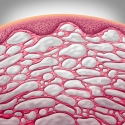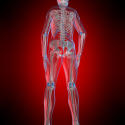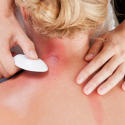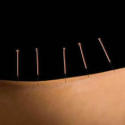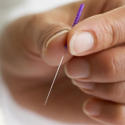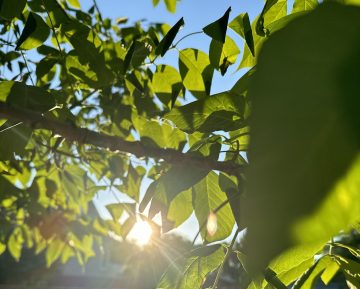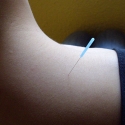
The Point of Acupuncture – one point at a time. This blog series will address our understanding of handful of the most special acupuncture points, one by one, both in a historical context of oriental philosophy, and also the evidence shown by science to date on why and how each point may be working therapeutically. We have discussed acupuncture mechanism before in general ways (see the facia connection), but this…
Read more »


